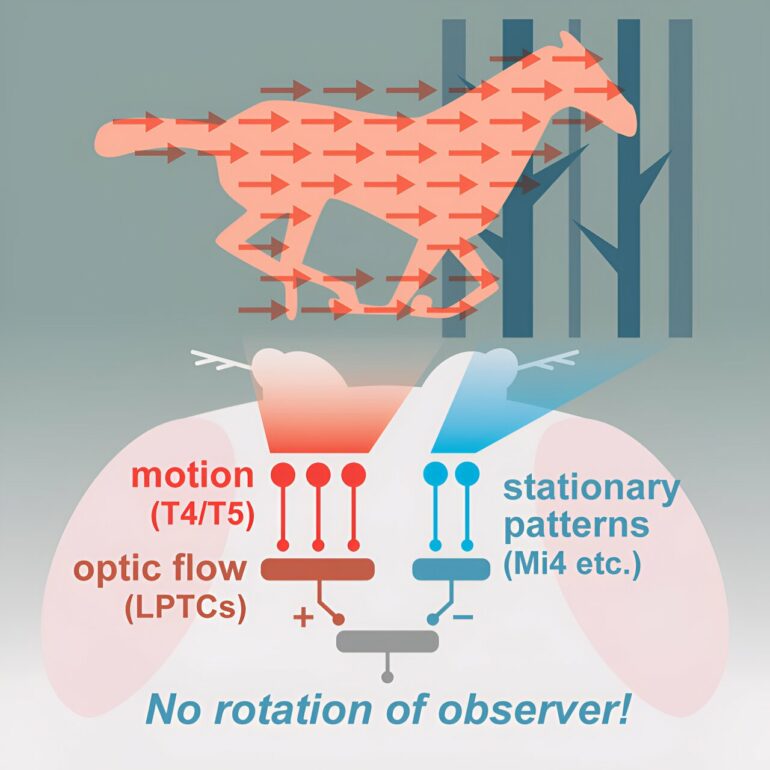Using a technique that has shown promise in targeting cancer tumors, a Duke Health team has found a way to deploy a molecular warhead that can annihilate the bacterium that causes Lyme disease.
Tested in cell cultures using the Borrelia burgdoferi bacterium, the approach holds the potential to target not only bacteria, but also fungi such as yeast and viruses. The findings appear in the journal Cell Chemical Biology.
“This transport mechanism gets internalized in the bacterium and brings in a molecule that causes what we’ve described as a berserker reaction—a programmed death response,” said lead author Timothy Haystead, Ph.D., professor in Duke’s Department of Pharmacology and Cancer Biology. “It wipes out the bacteria—sterilizes the culture with a single dose of light. And then when you look at what occurs with electron microscopy, you see the collapse of the chromosome.”
Haystead and colleagues used a molecular facilitator called high-temperature protein G (HtpG), which is involved in protecting cells that are undergoing heat stress. This family of proteins has been the focus of drug development programs for possible cancer therapies.
Studies of this protein as an antimicrobial have also been encouraging, but the Duke team’s work appears to be the first to tether an HtpG inhibitor to a drug that enhances sensitivity to light.
The researchers found that the HtpG inhibitor, armed with the photosensitive drug, was rapidly absorbed into the cells of the Lyme bacteria. When hit with light, the bacteria’s cells went into disarray and ultimately collapsed, killing them.
“Our findings point to a new, alternate antibiotic development strategy, whereby one can exploit a potentially vast number of previously unexplored druggable areas within bacteria to deliver cellular toxins,” Haystead said.
In addition to Haystead, study authors include Dave L. Carlson, Mark Kowalewski, Khaldon Bodoor, Adam D. Lietzan, Philip Hughes, David Gooden, David L. Loiselle, David Alcorta, Zoey Dingman, Elizabeth A. Mueller, Irnov Irnov, Shannon Modla, Tim Chaya, Jeffrey Caplan, Monica Embers, Jennifer C. Miller, Christine Jacobs-Wagner, Matthew R. Redinbo, and Neil Spector (deceased).
More information:
Dave L. Carlson et al, Targeting Borrelia burgdorferi HtpG with a berserker molecule, a strategy for anti-microbial development, Cell Chemical Biology (2023). DOI: 10.1016/j.chembiol.2023.10.004
Provided by
Duke University Medical Center
Citation:
New antibiotic approach proves promising against Lyme bacterium (2023, November 2)



